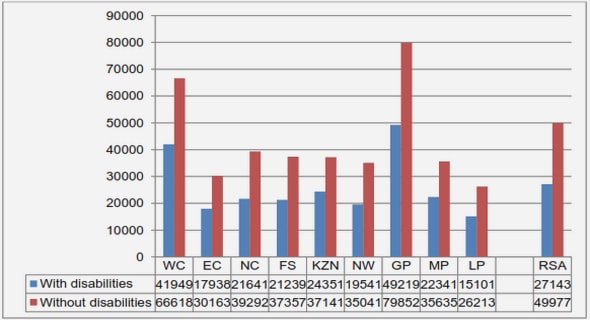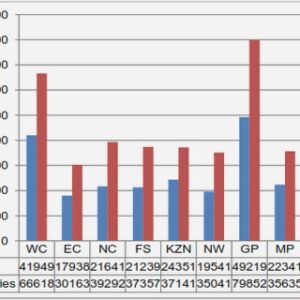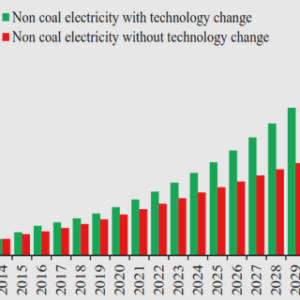(Downloads - 0)
For more info about our services contact : help@bestpfe.com
Table of contents
GENERAL INTRODUCTION
CHAPTER 1 Context and state of art
I. Molecular Magnetic switches
1. Iron(II) Spin-crossover complexes
1.1. Phenomenon and techniques
1.2. Spin crossover profiles
1.3. Photomagnetism in spin crossover systems
2. (Photo)magnetic polymetallic complexes
2.1. Photomagnetism in Prussian Blue Analogues (PBAs)
2.2. From 3D PBAs networks to their 0D molecular models
II. Implementing magnetic molecular switches: toward responsive molecular-based materials
1. Some challenges to face.
2. Magnetic molecular switches on surfaces
3. Switchable complexes-containing organic polymers.
CHAPTER 2 Functionalized molecular model compounds
I. Iron(II) spin crossover complexes based on scorpionate ligands
1. Third-generation trispyrazol(-1-yl)borates : a useful platform for molecular switches functionalization
2. Syntheses of a third-generation tris(pyrazol-1-yl) borates serie
2.1. Syntheses of ligands (4A), (4C) and (4D)
2.2. Spectroscopic characterization of ligands (4A), (4C) and (4D)
2.3. Synthesis and characterization of ligand 4B
3. Syntheses of the homoleptic [FeII(RB(pz)3)2] complexes
4. Characterizations
4.1. NMR
4.2. Optical Studies
4.3. Magnetic properties of the complexes
4.4. X-rays crystal structures analyses
4.5. Discussion
5. The special case of the [FeII(C6F5Tp)2] complex
5.1. From a gradual transition to an hysteresis loop
5.2. Verification of the compound identity
5.3. Differential Scanning Calorimetry (DSC) measurements
5.4. Temperature dependence single-crystal X-ray diffraction
6. Conclusion
II. Functionalization of charge transfer cyanide-bridged {Fe4Co4} cubes
1. Background study : Role of the inserted cations in a A {Fe4Co4} cages family
2. Interests and objectives of this part
3. Investigating the effect of tbuPhTp ligand in a A {Fe(Tp)Co(tbuPhTp)} cubes series
3.1. Synthesis and NMR characterization of Cs {Fe(Tp)Co(tbuPhTp)}
3.2. Influence of the experimental conditions on paramagnetic: diamagnetic cubes ratio
3.3. Cs {Fe(Tp)Co(tbuPhTp)} stability in solution followed by NMR
3.4. FT-Infrared absorption spectroscopy
3.5. Crystallographic studies
3.6. Magnetic properties
4. Conclusion
III. Refining the {Fe4Co4} cage ETCST through a multistep rational design
1. Influence of the molecular precursors electrochemical potential
2. Design and study of the paramagnetic A {Fe(tbuPhTp)Co(Tp)} cubes
2.1. Bu4N[Fe(tbuPhTp)(CN)3] precursor synthesis and characterisations
2.2. Synthesis and crystallographic study of A {Fe(tbuPhTp)Co(Tp)} paramagnetic cube
2.3. A {Fe(tbuPhTp)Co(Tp)} (A = Cs+; Tl+) magnetic properties
IV. Cubes electrochemical studies in solution
V. Conclusion
CHAPTER 3 Synthetic approaches for the design of new metallopolymers
I. Synthetic strategies for metallopolymers design
II. Post-polymerization modification strategy with tris(pyrazolyl)borate ligand
1. Synthesis
2. Evaluation of the Tp-functionalized copolymer stability based on a model molecular compound
3. Conclusion
III. New functionalized 2,6-di(pyrazol-1-yl)pyridine ligands
1. Synthesis of ligand (A)
2. Synthesis of ligand (B) and spectroscopy
3. Synthesis of ligand (C) and spectroscopy
IV. Conclusion
CHAPTER 4 Photoswitching in electropolymerized ultra-thin films of {Fe4Co4} cages
I. Introduction
1. Hybrid thin films of poly(thiophene)-{Fe4Co4} cages: motivations and strategy
1. Thiophene electropolymerization: general aspects and mechanism
2. Preliminary studies on mononuclear cobalt complexes.
2.1. Electrochemistry in solution
2.2. Surface modification : electropolymerization of [Co(2-TPhTp)2]
2.3. Conclusion
II. Electropolymerization of thiophene-functionalized {FeII4CoIII4} diamagnetic building blocks
1.Syntheses of Cs{Fe(Tp)Co(2-TPhTp)}ClO4 and Cs {Fe(Tp)Co(3-TPhTp)}ClO4 precursors.
2. Electrochemistry in solution and surface modification
3. Electropolymerized thin-films chemical analyses
3.1. X-ray photoelectron spectroscopy (XPS): principle and specificity
3.2. Samples’ preparation and XPS method
3.3. XPS analysis of Cs {Fe(Tp)Co(2-TPhTp)}PF6 electropolymerized thin-film.
3.4. XPS analysis of Cs {Fe(Tp)Co(3-TPhTp)}PF6 electropolymerized thin-film.
3.5. Comparative summary
4. AFM characterization of Cs {Fe(Tp)Co(2-TPhTp)}PF6 thin-films of controlled thickness
4.1. Topography of Cs {Fe(Tp)Co(2-TPhTp)}PF6 thin-films
4.2. Thickness measurements : AFM scratching tests
5. Conclusion
III.Electropolymerization of thiophene-functionalized {Fe4Co4} paramagnetic building blocks
1. Synthesis of Tl {Fe(2-TPhTp)Co(Tp)} paramagnetic cube.
2. Electropolymerization and surface characterizations
2.1. Electropolymerization
2.2. XPS analyses
2.3. AFM characterizations
3. Photomagnetic properties of Tl {Fe(2-TPhTp)Co(Tp)} electropolymerized thin-films
IV. Conclusion
CHAPTER 5 Self-assembled layers of {Fe4Co4} cages on Au(111)
I. Introduction
1. Motivations and strategies
2. Foreword on thiophene self-assembled monolayers (SAMs)
II.Testing conditions for thiophene functionalized {Fe4Co4} cages SAMs formation from solution
1. PM-IRRAS technique as a screening method
2. Effect of concentration
3. Influence of immersion time
III. Testing the stability thiophene functionalized {Fe4Co4} cages SAMs.
1. Sample preparation
2. XPS characterizations of {Fe4Co4} cages adsorbed on Au substrates.
3. Stability of {Fe4Co4} adsorbed layers and comparative study using 3-hexylthiophene
3.1. Desorption tests and S 2p assignments
3.2. Evolution of oxidized sulfur amount in solution.
3.3. Electrospray deposition (ESI) of Cs {Fe(Tp)Co(3-TPhTp)}ClO4 on Au(111)
4. Cs {Fe(Tp)Co(3-TPhTp)}ClO4 stoichiometry after deposition on gold substrates
5. Topography of the Cs {Fe(Tp)Co(3-TPhTp)}ClO4 layers deposited on Au/mica
IV. Conclusion
CONCLUSION
EXPERIMENTAL PART
APPENDICES



